Property Geek
We provide the actual and accurate information with unbiased user driven reviews to our viewers, to help them see the best and find the best!
View posts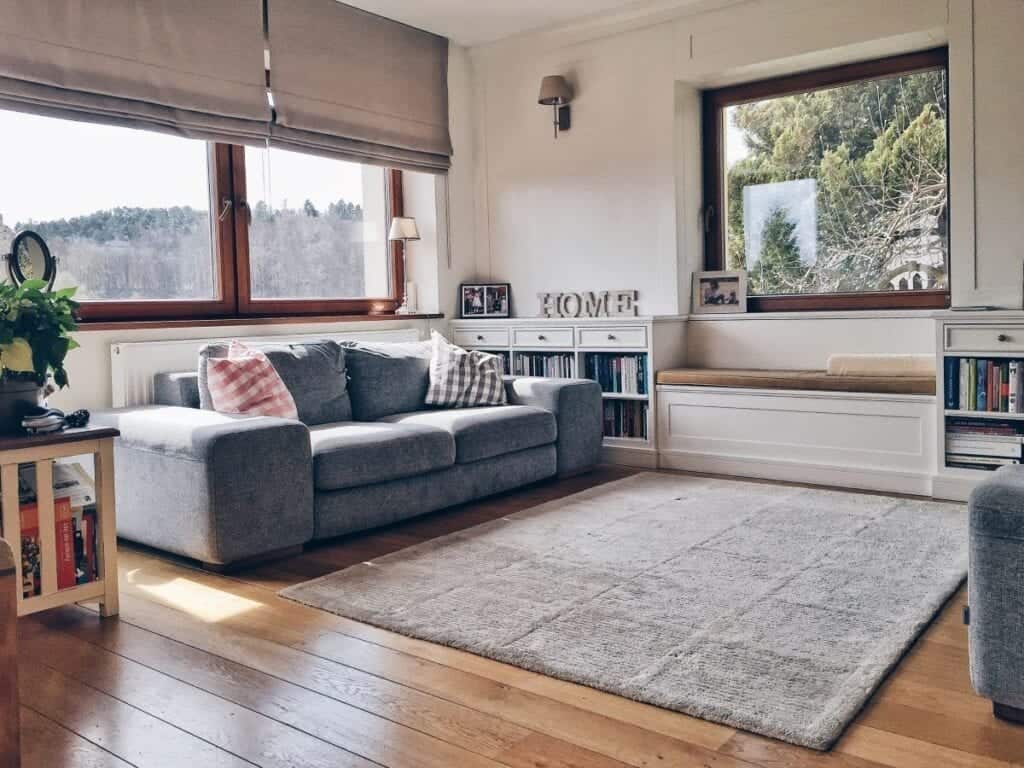
Window blinds are one of the most popular window coverings, according to anecdotal evidence and the findings of our continuous poll. Yes, it appears that Americans prefer window shades over curtains, with 58 percent preferring blinds to all other window treatment options (750 people polled).
It’s hardly surprising. Window blinds are practical, versatile, and sometimes even appealing! Whether you pick braided wood shades or the softer, more domestic appearance of fabric blinds, this form of window covering looks sleek, clean, and aesthetically stunning in any window frame.
While blinds might be difficult to clean, the benefits frequently outweigh the inconvenience. Blinds may be the simplest way to change the interior (and outside) of your home if you want to alter your window coverings.
However, not all blinds are treated equally, and not all blinds operate in the same way. If you wish to buy something, you’ll need to learn a bit more about the various types of blinds.
Here’s a step-by-step guide to purchasing window blinds. Learn about the most recent and modern varieties of blinds on the market today, as well as the many alternatives and where to acquire them
Both blinds and shades are commonly referred to as “blinds.” While all types of blinds and shades perform the same fundamental purpose as inside window coverings, there is a significant difference. So, before we go any further, let’s make sure we understand what makes them different.
Indoor blinds come in a variety of designs, materials, and sizes. All blinds have individual slats that may be adjusted up and down. Blinds may also be adjusted from side to side to control the amount of light that enters the room.
On one side of most blinds, there is a cable that allows you to adjust the blinds up and down. The tilt of the blinds is controlled by a rod on the opposite side of the blinds, which allows you to open or close the blinds.
Shades come in a range of designs, materials, and sizes as well. They are made of a single piece of material rather than individual slats, unlike blinds. As a result, they can only be altered vertically, not horizontally.
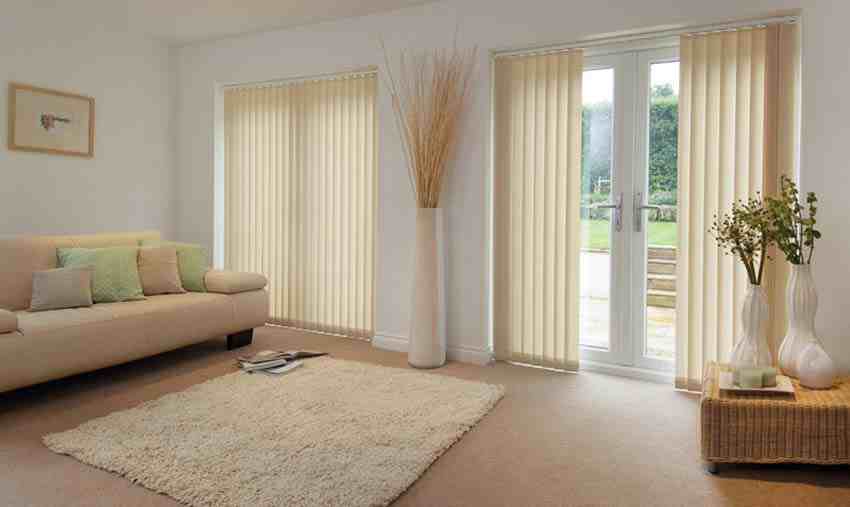
Vertical blinds have individual slats that go down a track at the top of the blind. Depending on the style, vertical blinds open from side to side or by splitting in the middle. Patio doors and floor-to-ceiling windows are suitable for this type of blind. They can, however, also be used to cover smaller windows.
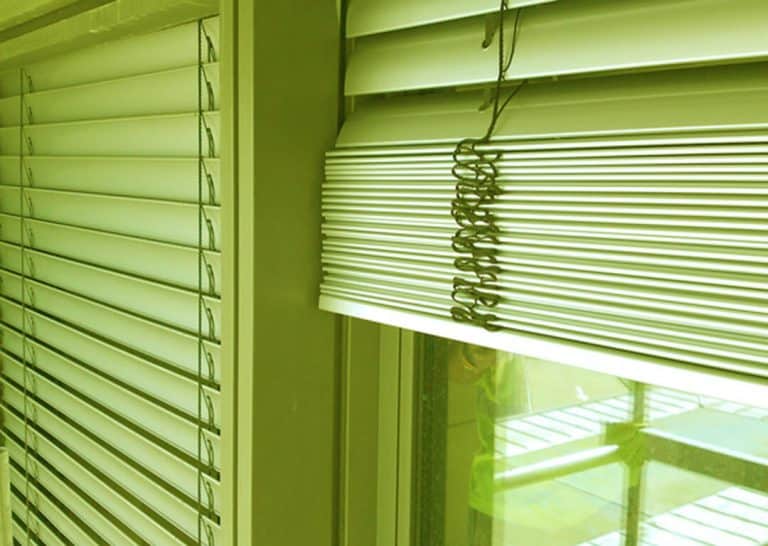
Venetian blinds are the most common type of blind. They’re horizontal blinds with horizontal slats held in place by tapes (string or fabric strips). As you lift your Venetian blinds, the bottom slat rubs on the slat above it.
These blinds may be installed in any window, including arched windows.
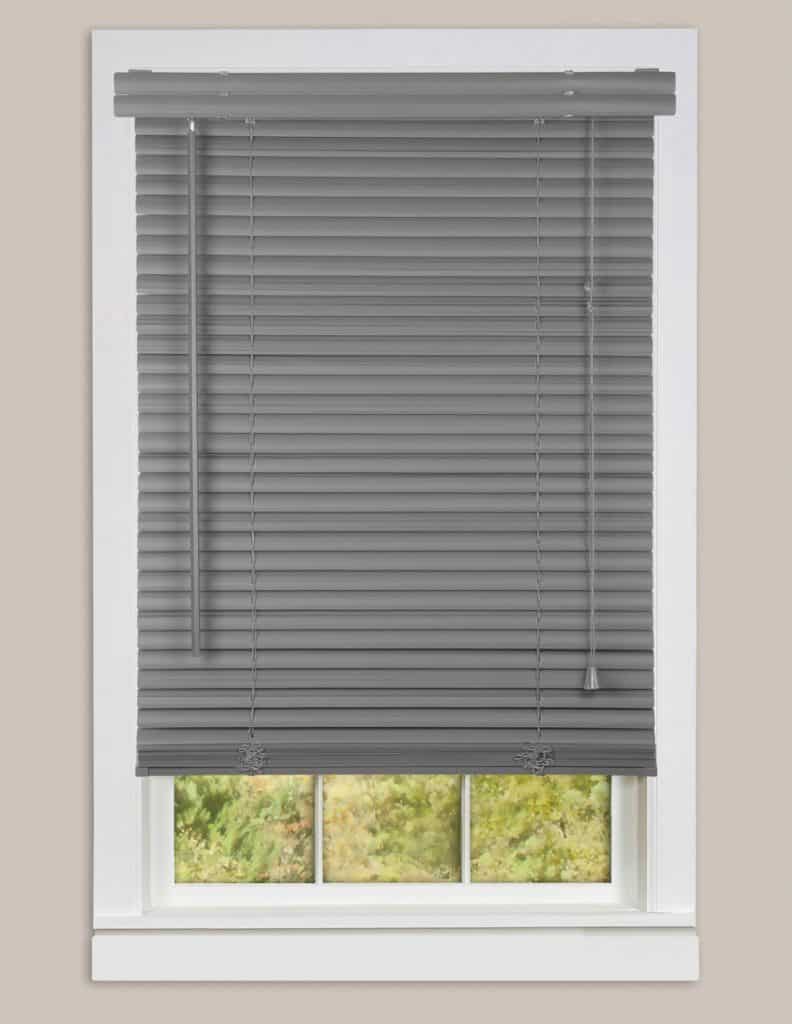
Mini blinds work similarly to Venetian blinds, with the exception that their slats are thinner. Typically, the slats are 1″ thick.
We prefer the look of thicker blinds. Mini blinds might start to look shabby after a while. Although the thicker wood or fake wood is more beautiful, it is also more costly.
Mini (and micro) blinds have the additional disadvantage of being more difficult to clean. There are still a few more slats to clean, and the labour is more arduous.
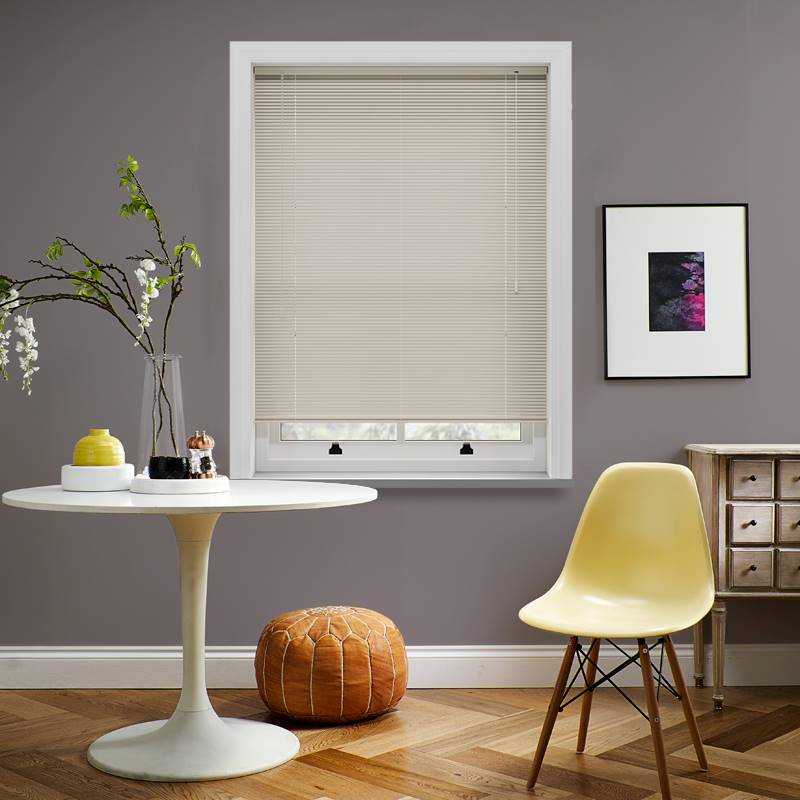
Micro blinds are a fraction of the size of micro blinds. The slats on these blinds are 1/2″ thick.
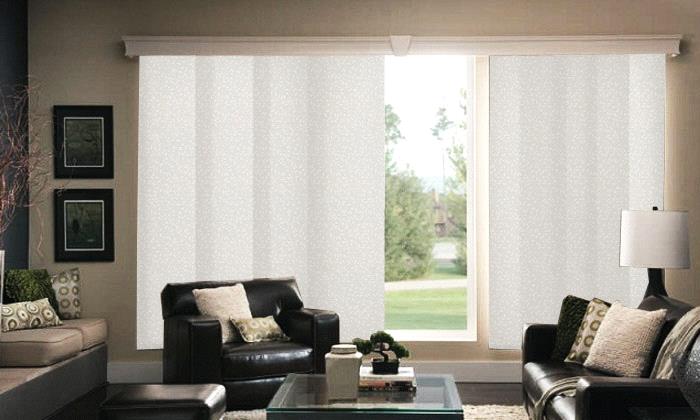
Another common choice for patio doors and large windows is panel blinds. The parts of panel blinds move along a track and can be opened and closed.
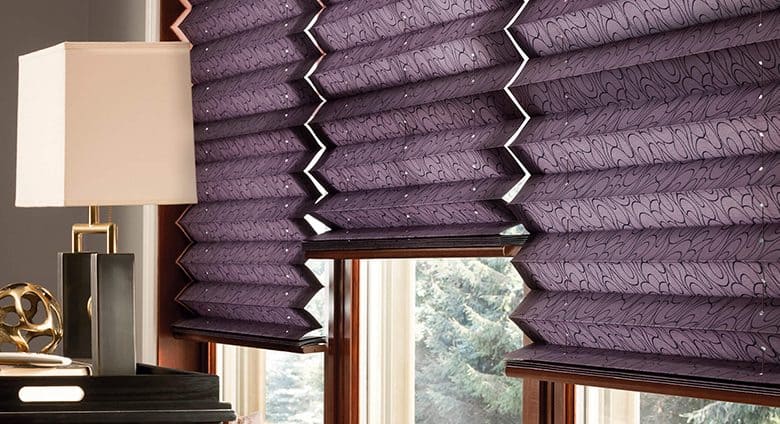
Pleated shades (also known as pleated blinds) have a pleated piece of material that can be raised or lowered to create an accordion-like pattern. These shades have the appearance of Venetian blinds while also “softening” the look of the window. They cannot, however, be moved from side to side like blinds. Pleated blinds are often made of paper or fabric.
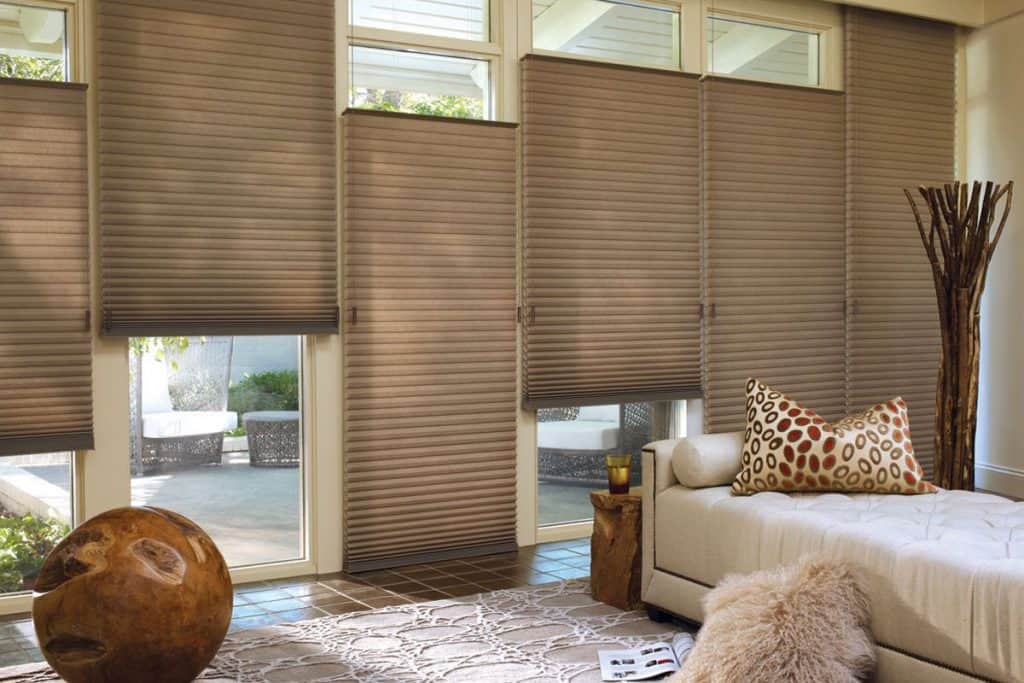
Honeycomb shades (or honeycomb blinds) have a similar look to pleated shades and are made from similar materials. In contrast to pleated shades, cellular shades are made up of two pieces of material.
The front and back panels of the cellular shade include an insulating pocket in the middle. To meet the needs of various windows, cellular blinds are offered in a variety of cell sizes. These blinds are great for keeping your home cool in the summer and warm in the winter.
Cellular blinds also help to insulate against noise.
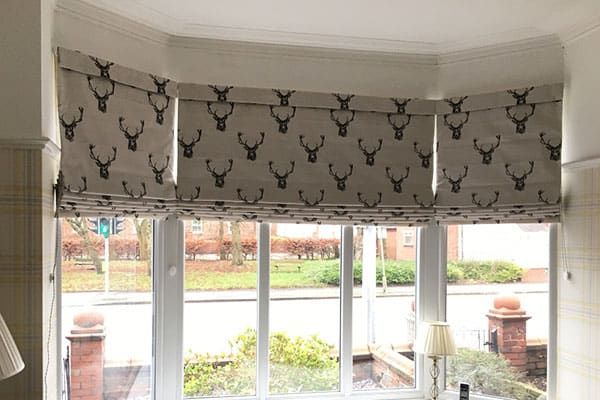
Roman shades (sometimes called Roman blinds) are a form of traditional window treatment made of fabric or natural materials like jute or seagrass. Roman shades come in a variety of styles, but they all have one thing in common: when raised, they fold in on themselves, similar to how a Venetian blind does.
When fully raised, a roman shade’s fabric continues to fold into itself, resulting in a large stack of fabric at the top of the window. While Roman shades have a charming and timeless aesthetic, they do take up part of the viewing space in your window when they are raised.
Roman shades are available in both lined and unlined versions to satisfy a range of needs. Extra-functional linings, such as blackout and thermal linings, are widely available.
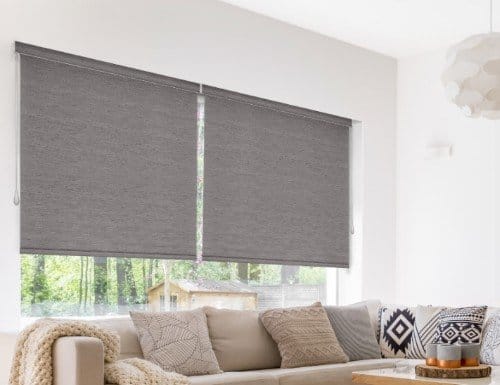
Roller blinds are another common shade choice. Roller blinds are commonly constructed of synthetic or natural textiles, and they may be rolled up or down to meet your specific requirements.
Roller blinds are available in a range of designs and may be attached to a window in a number of ways. The cheapest roller blinds use an exterior system that allows you to see all of the mounting hardware and components.
Roller shades with valances, cornices, or fascias that cover all of the shade’s components and give it a more polished look are also available if you want something a little more sophisticated. Like Roman shades, roller blinds come in a range of natural and synthetic fabrics.
They often include added features like thermal or blackout linings (creating a blackout shade), and they can even be double roller blinds (essentially two blinds on the same bracket).
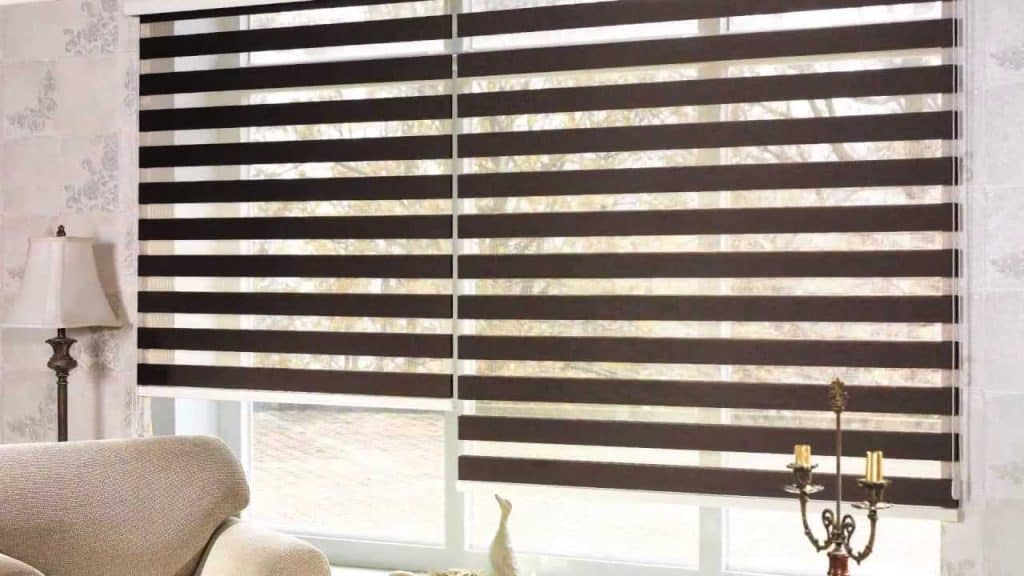
Tie-up shades appear to be a cross between window blinds and curtain blinds. Sunglasses with a tie-up are available in a range of materials. These shades are formed of a single piece of cloth with ties that extend past the shade’s bottom.
The shade may be elevated by rolling it up and fastening it in place. This hue offers a relaxed, rustic mood that complements a wide range of design styles.
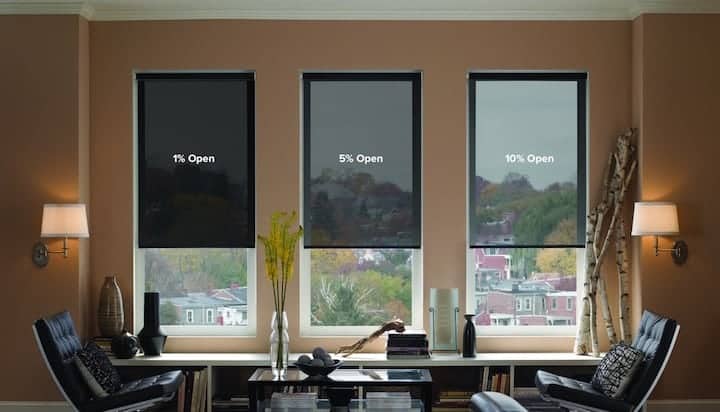
Solar shades and roller blinds are quite similar. Their purpose is to retain the view through the window while limiting the amount of sunlight, glare, UV rays, and heat that enter the room from the outside. A solar shade is an excellent option if your primary purpose is to lessen the influence of sunlight (and essentially provide a pair of sunglasses for your window).
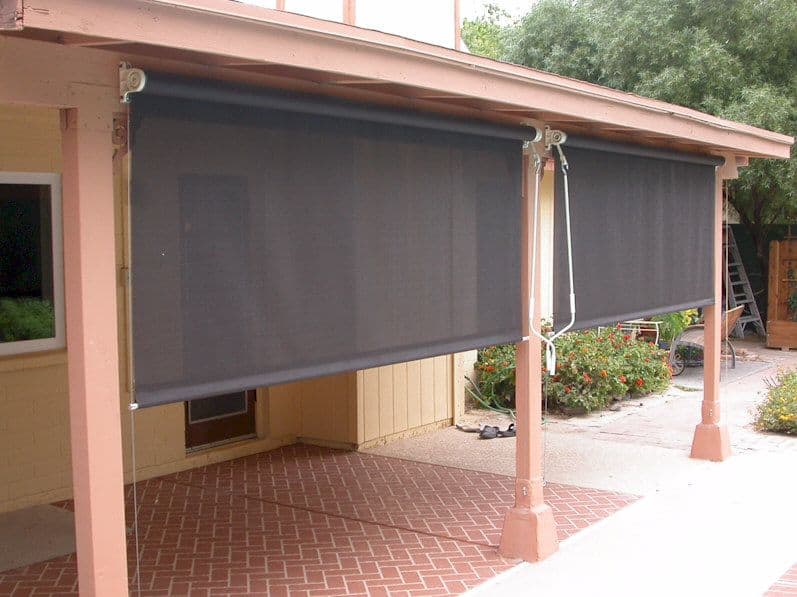
Outdoor shades are often made of weather-resistant materials and put outside of the windows (or glass doors) they cover. Although interior blinds such as solar shades or skylight blinds (or conservatory blinds) are also regularly used for similar objectives, outdoor shades are typically used on a patio door or window to decrease the amount of sun exposure and heat entering the room.
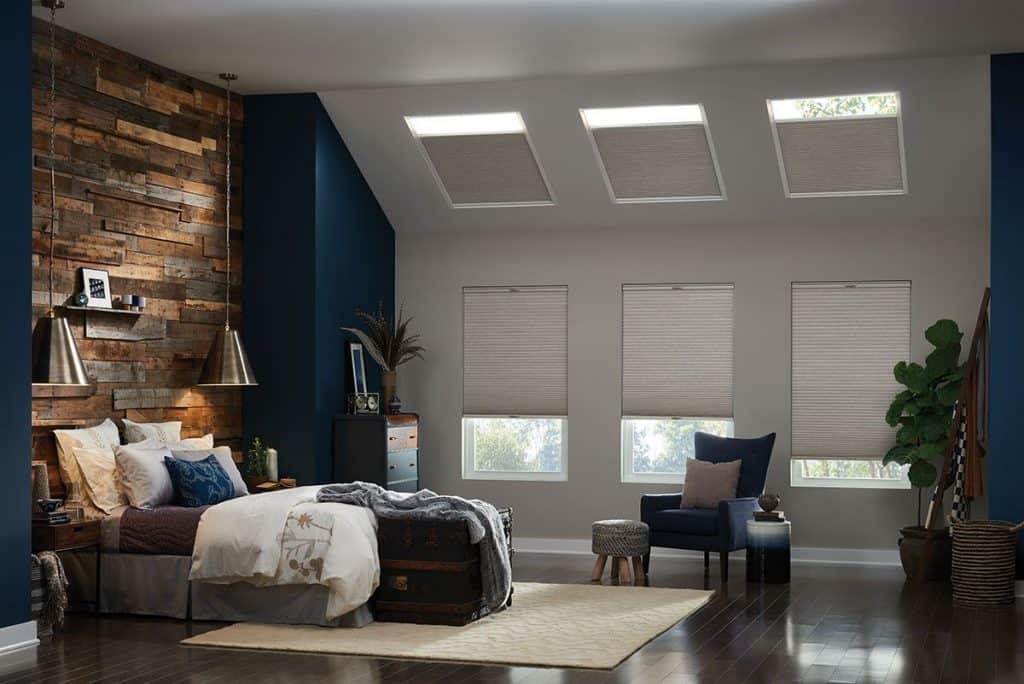
Skylight shades are available in a range of styles, including roller, pleated, and cellular. These blinds are designed to conceal difficult-to-access skylights. Conservatory blinds can also feature skylight shades (used to cover and insulate the glass roofs of conservatories).
Cellular blinds are particularly popular for skylights due to their insulating properties. Skylight blinds are frequently supplied with a fully removable rod for lifting, lowering, or adjusting the shade. Skylight blinds may be raised and lowered using a handle rather than a rod. Automatic versions are also available.
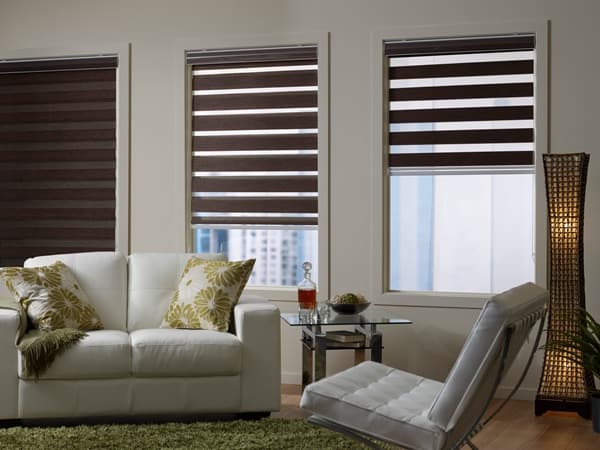
Smart blinds, which are high-tech modern blinds, may still look to be something out of a science fiction novel, but smart home technology is making them more popular. Smart blinds and shades come in a variety of styles, including traditional and high-tech ones.
A smartphone app is used to operate smart blinds, which may be operated in groups or individually. They can also be programmed to open and close at certain periods throughout the day. Smart blinds are not only some of the most visually pleasing on the market, but they also have the potential to save you money on your energy costs.
If you’ve been looking for blinds that will fit your windows or situation but aren’t sure what types are available, this article will help you make a decision by going over the various types and going into detail about what they’re best used for.
This article will help you find the answers you’re looking for, whether you’re looking for blinds that darken the space for better sleep or a light option that allows natural light into the space when needed.
Although blinds may appear to be a minor component of your home, they can provide greater energy efficiency and privacy than you might think. With so many styles and options available, you can choose the one you want to use and see in your home and get the best choice for your windows.